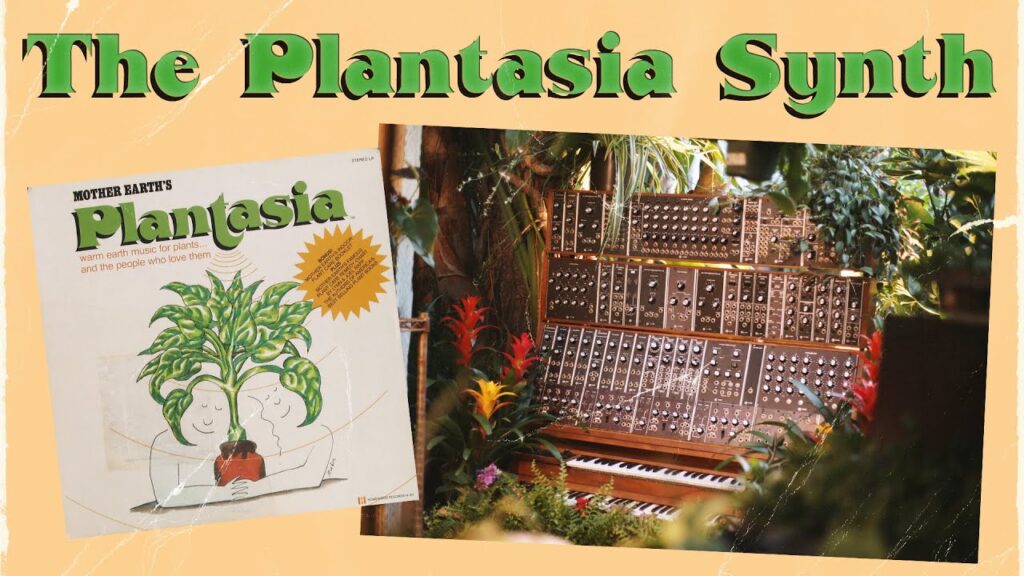
"In 1973, Peter Tomp­kins and Christo­pher Bird's The Secret Life of Plants became a best­seller. Draw­ing from the results of sci­en­tif­ic stud­ies about whose replic­a­bil­i­ty we may now feel cer­tain doubts, the book sug­gest­ed that emo­tion, and indeed sen­tience, belong not just to humans and ani­mals, but also to, say, the pot­ted fern in your liv­ing room. Many of Tomp­kins and Bird's read­ers must have owned such a plant, and prob­a­bly a vari­ety of oth­ers besides, giv­en the nine­teen-sev­en­ties' fad"
"for domes­tic veg­e­ta­tion. Though ridiculed in the major media, The Secret Life of Plants proved suf­fi­cient­ly in tune with its time to inspire a fea­ture-length doc­u­men­tary film with a high-tech sound­track by none oth­er than Ste­vie Won­der. Did Won­der ever hear the album Moth­er Earth­'s Plan­ta­sia? Sub­ti­tled Warm Earth Music for Plants... and the Peo­ple Who Love Them, the album also fea­tures elec­tron­ic com­po­si­tions - exclu­sive­ly elec­tron­ic com­po­si­tions, in fact,"
1970s popular culture embraced the idea that plants possess emotion and sentience, supported by scientific studies whose replicability later came into question. Houseplant ownership surged during the decade, creating receptive audiences for ideas attributing feelings to vegetation. That cultural moment generated multimedia responses, including a feature-length documentary with a high-tech soundtrack and an electronic album subtitled Warm Earth Music for Plants... and the People Who Love Them. The electronic album consists entirely of Moog-synthesizer compositions by Mort Garson, a versatile professional with prior pop arranging and production credits who connected with Robert Moog in 1967.
Read at Open Culture
Unable to calculate read time
Collection
[
|
...
]